Sickles Market, a New Jersey staple, has hit a rough patch, filing for Chapter 11 bankruptcy.
Imagine over a century of serving communities, suddenly halting. “Sickles Market began over 116 years ago as a farm,” the company reveals on their website.
Seasonal Origins

Originally a small, seasonal operation, Sickles evolved dramatically in 1999 into a year-round affair.
This transformation brought them from a humble farm stand to a beloved local grocery chain, expanding their offerings beyond just fruits and vegetables.
Diverse Offerings at Sickles Market
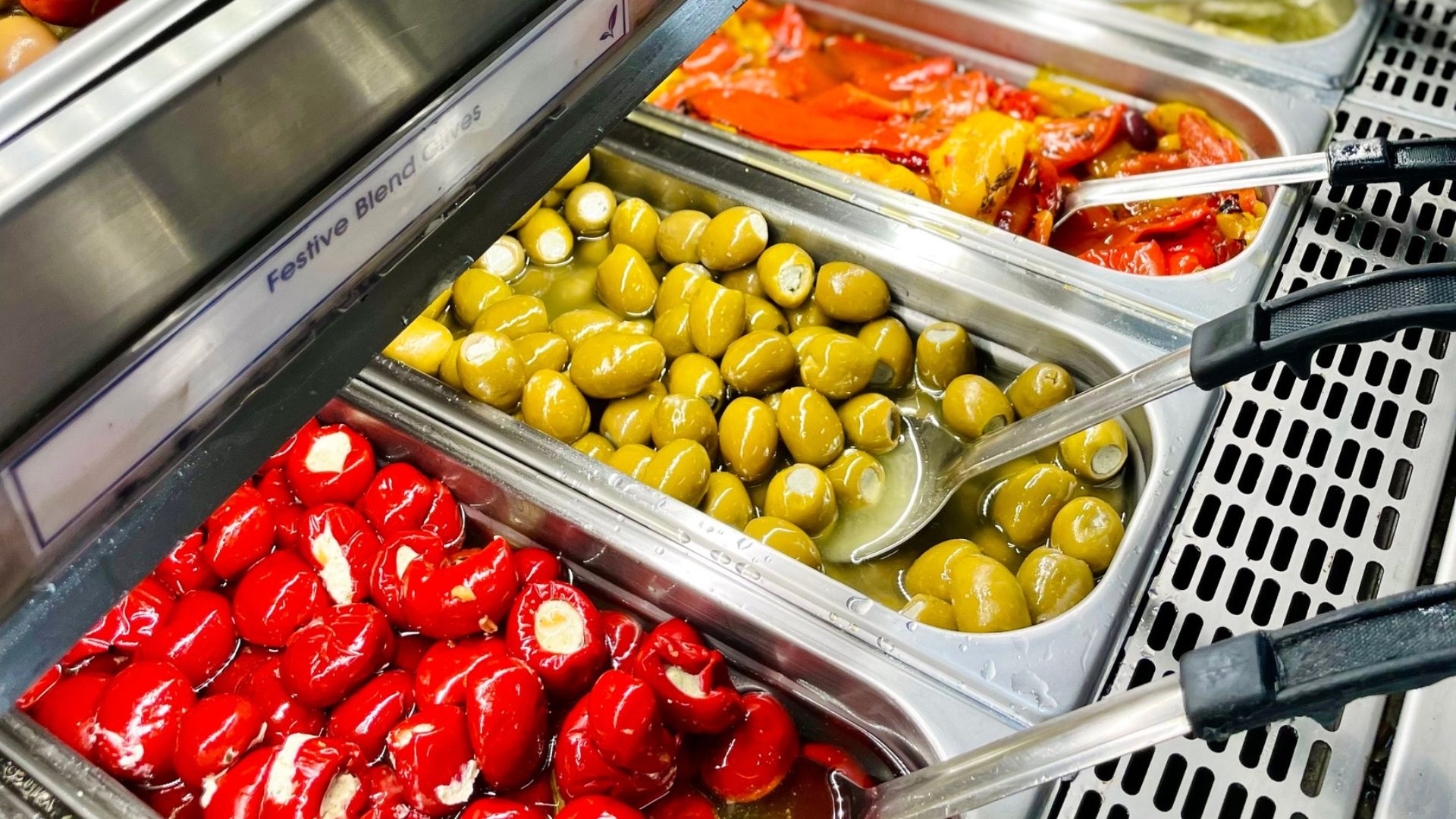
Not just any grocery store, Sickles boasted a range of gourmet items.
“Today, Sickles Market is known…for its wide selection of gourmet grocery items, international cheeses, and more,” they said proudly before the closure.
The Doors Close… For Now
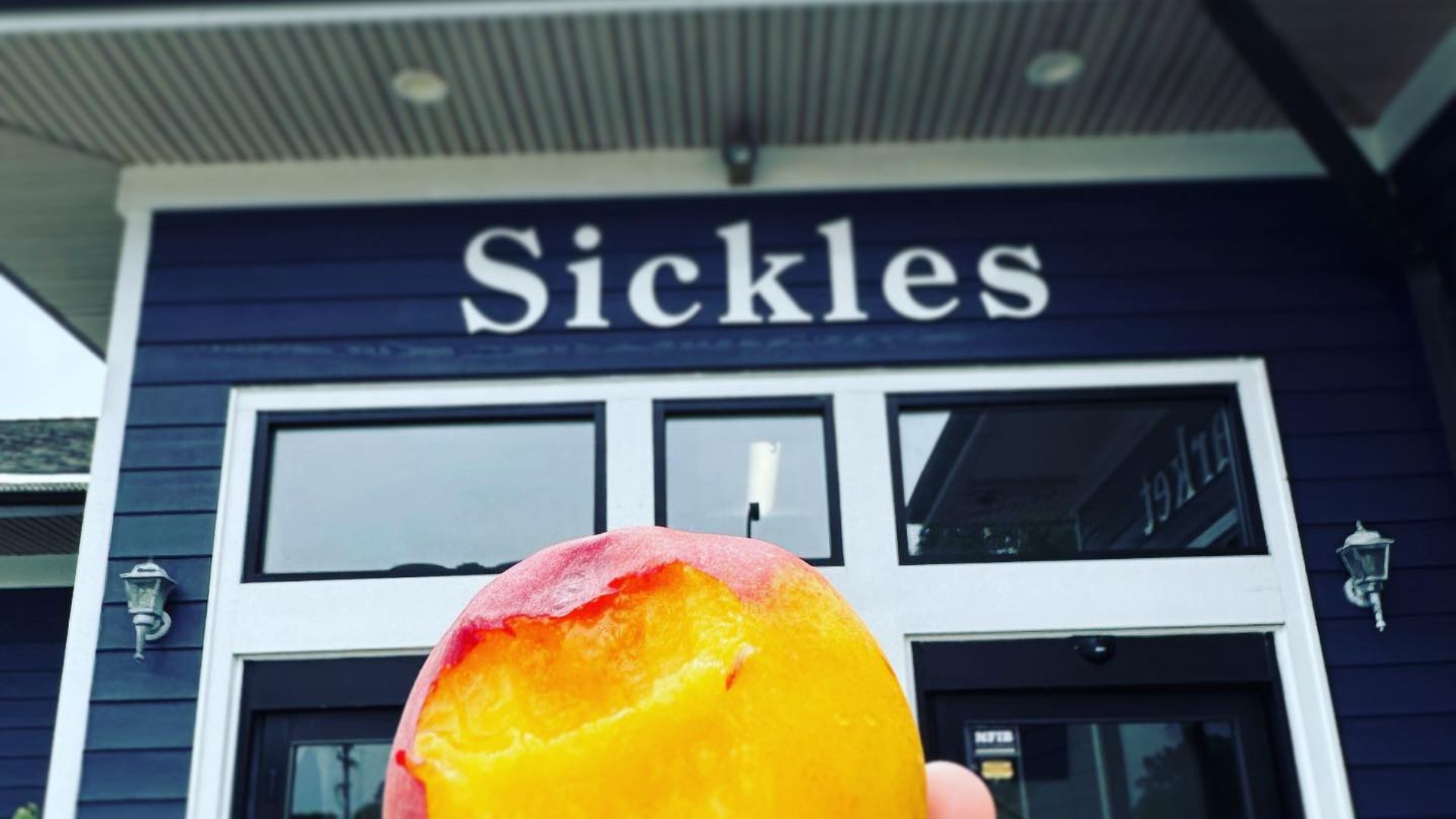
Despite their rich history and diverse offerings, Sickles Market has had to close its doors.
The transition into bankruptcy marks a pause on a long-standing tradition of quality and community service.
Holding Out Hope
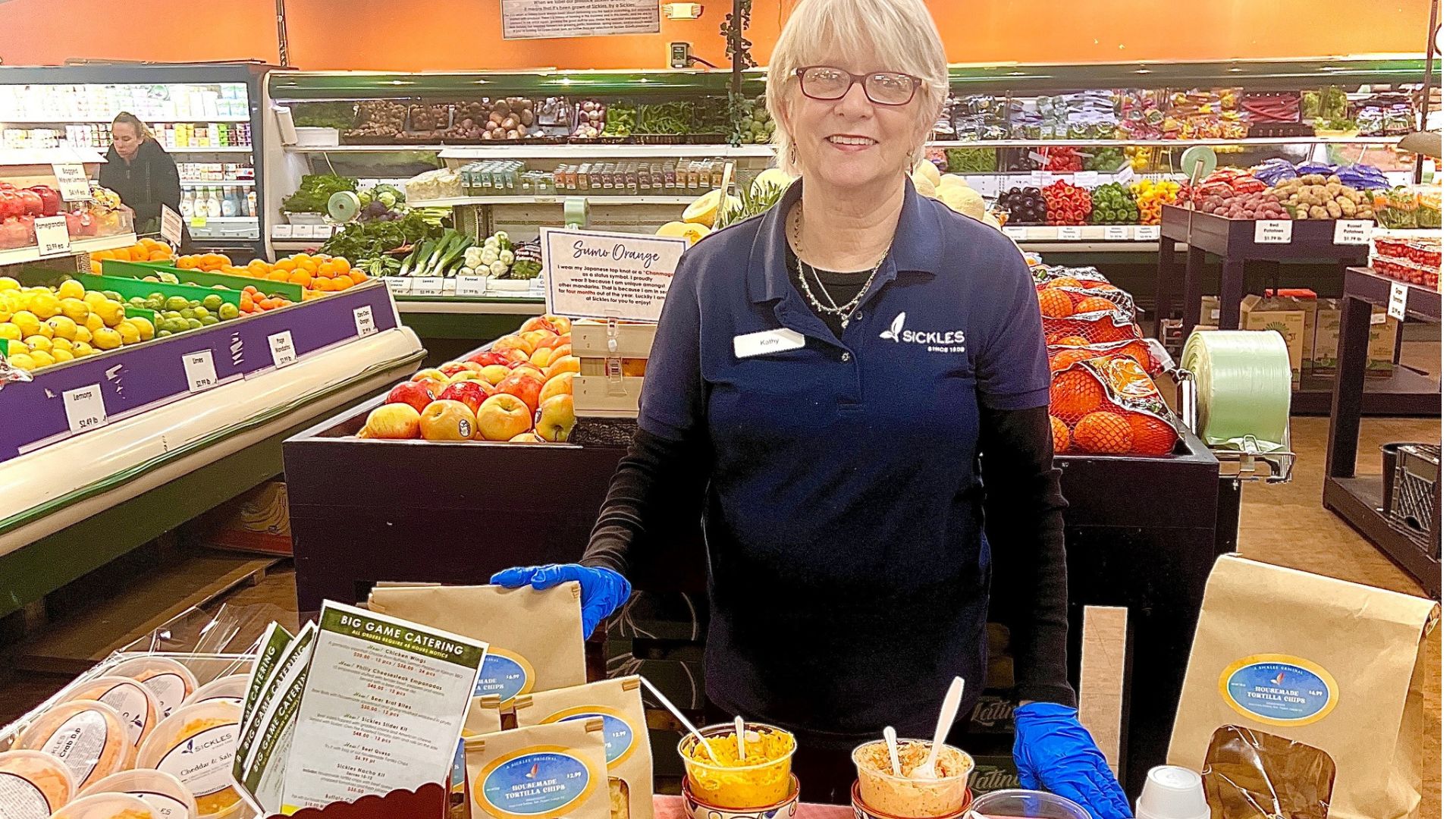
Even with their stores shuttered, the spirit of Sickles Market isn’t completely dimmed. They remain hopeful for a revival.
“Hopefully, we can come back,” the owners express, showcasing their resilience and commitment to their community.
More Than Just a Market
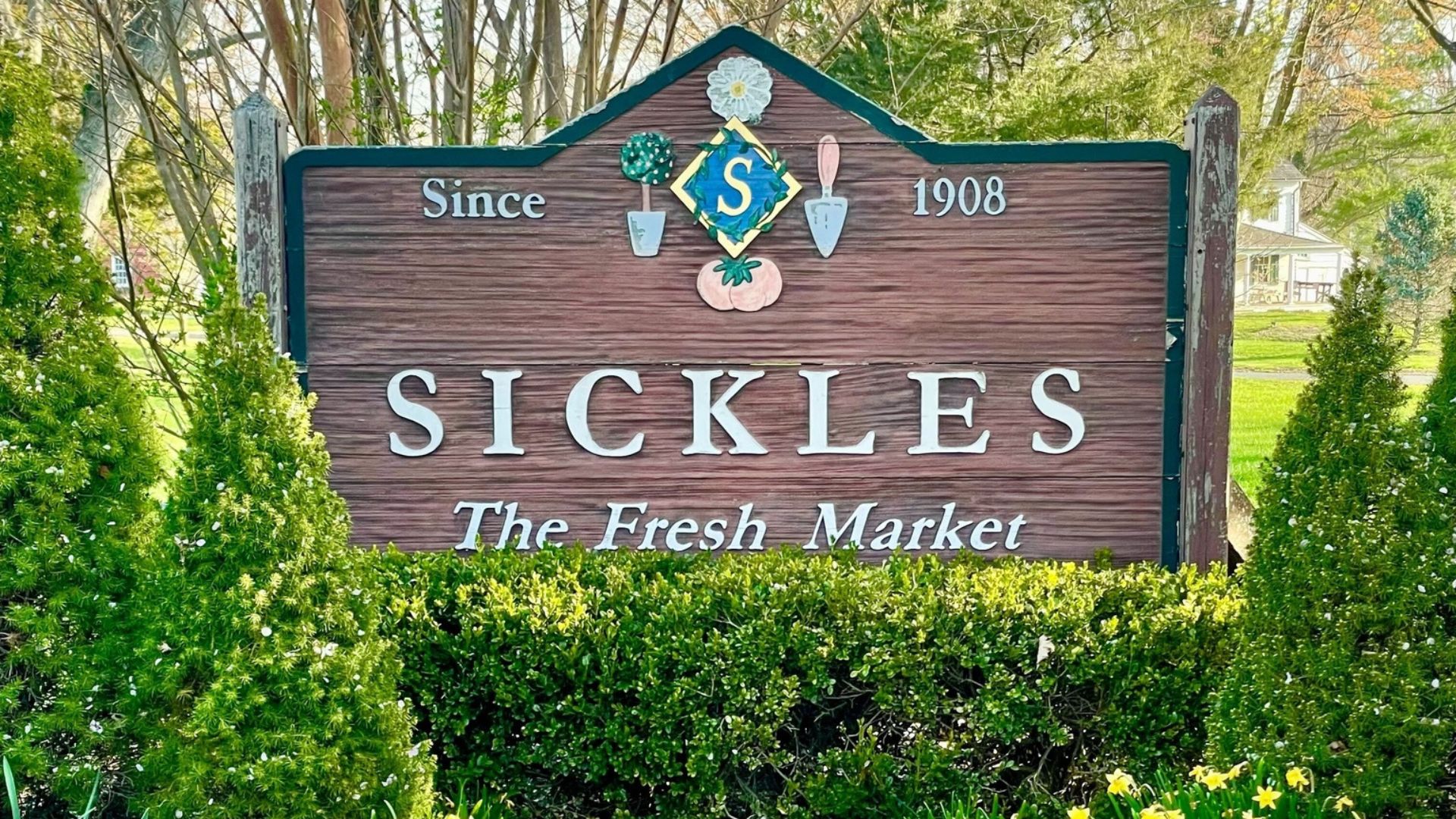
Sickles wasn’t just a store; it was a part of daily life for many, The Street notes.
From weekly grocery runs to holiday preparations, it played a pivotal role in family traditions across generations.
A Look at the Numbers
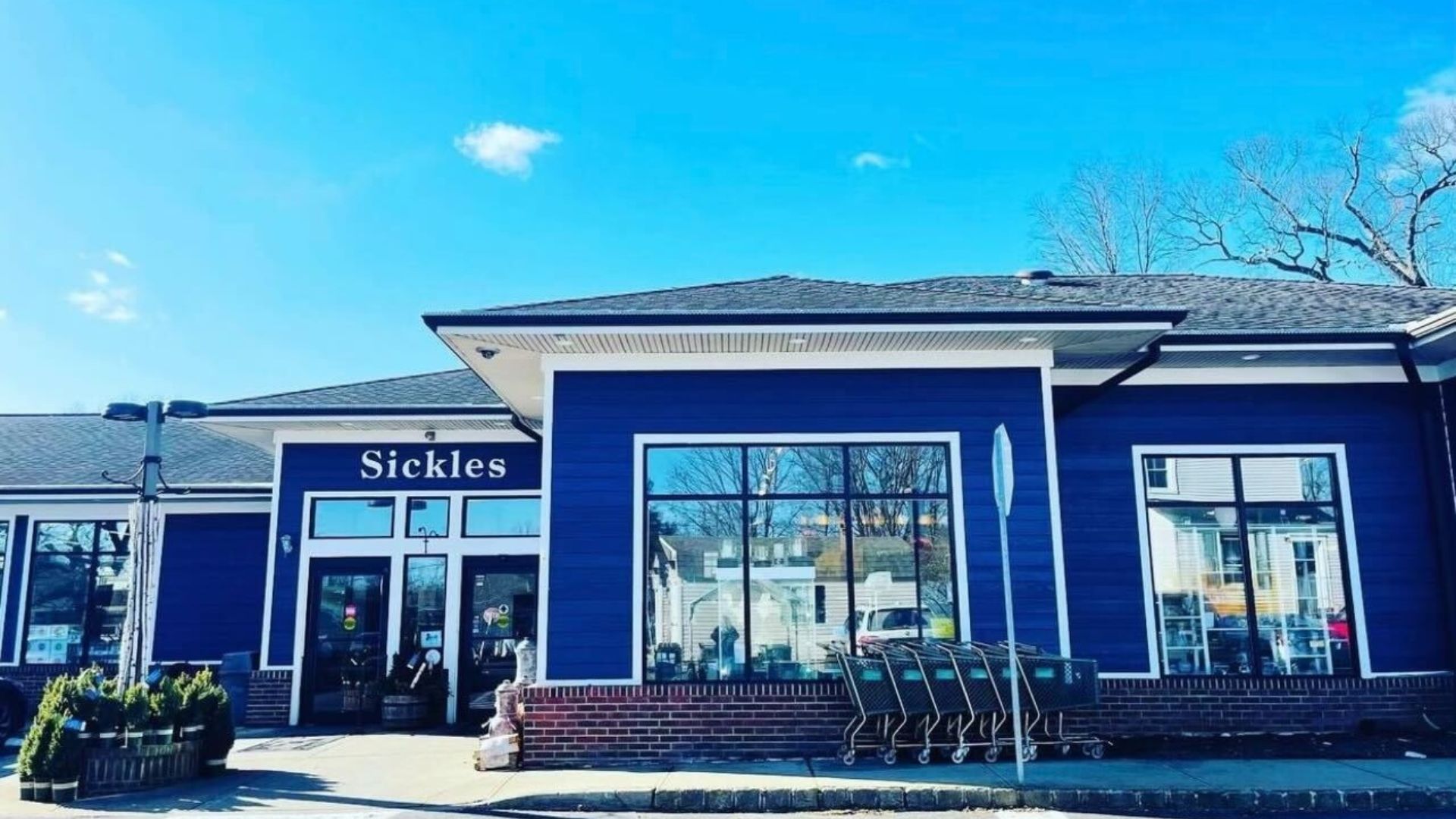
The financial strain was too great to bear, with Sickles reporting $549,388 in total assets against a daunting $5.2 million in debt.
A staggering figure that brings to light the harsh realities many family-owned businesses face.
Assets Frozen, Future Uncertain
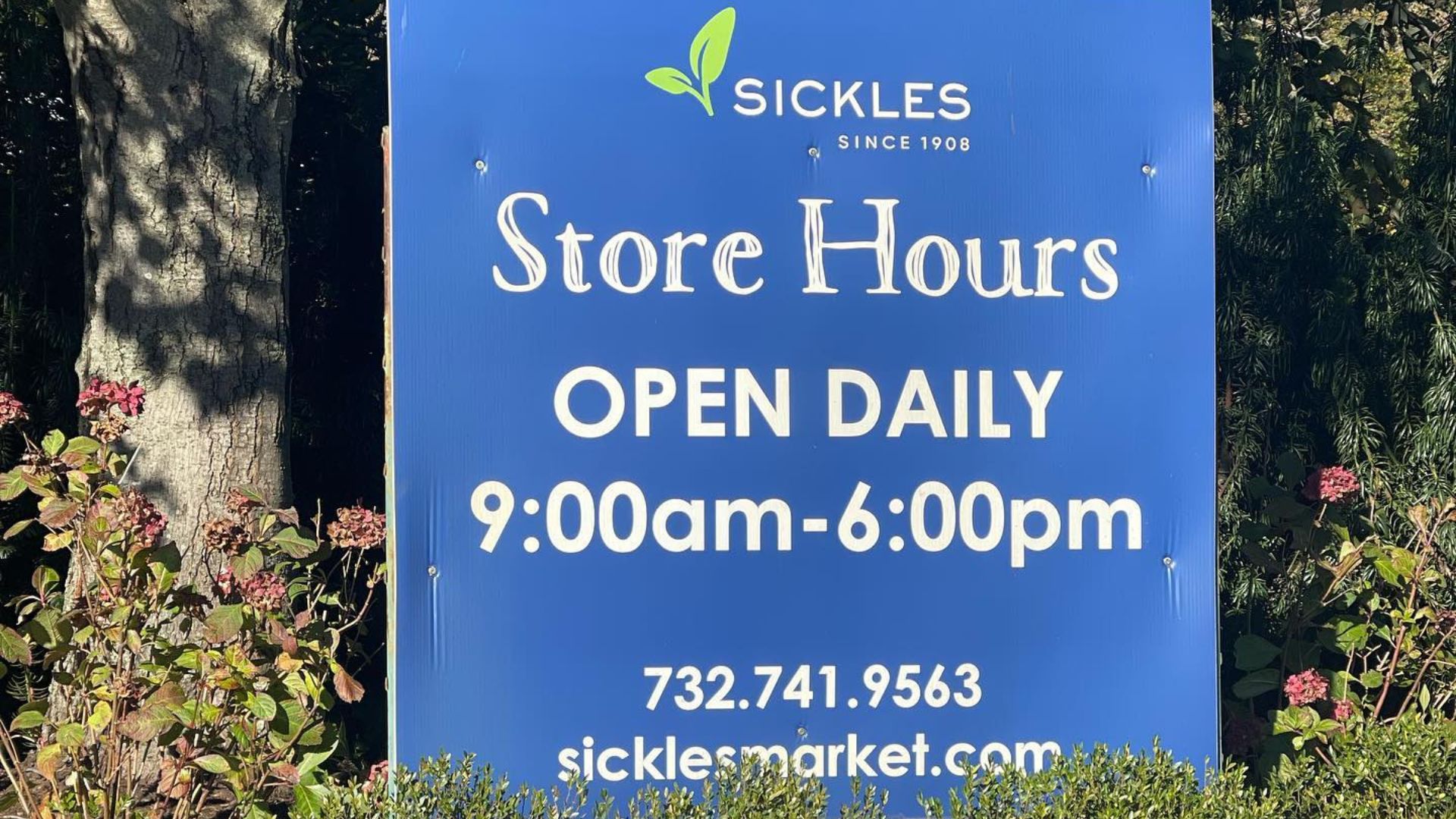
In their bankruptcy filing, Sickles disclosed that their banking accounts were frozen.
A lien was also placed on their valuable $400,000 liquor license, as reported by Patch.
A Community Fixture Fades

Sickles Market faces significant debts, including $4.5 million owed to its largest creditor, Northfield Bank, and a total of 47 creditors.
These obligations have impacted numerous vendors and landlords.
A Farewell Message

The closure was solemnly announced on the company’s website.
The owners said, “This closure is not something we ever could have anticipated… we hope you remember ‘the Good Stuff.'” This message served as a poignant farewell to the community they have served for over a century.
A Segment Remains Operational

Despite the closure of the grocery chain, Bottles by Sickles, a high-end wine and liquor store in Red Bank, NJ, continues to operate.
This segment of the business maintains a part of the Sickles legacy, serving the community in a new capacity.
Community Anticipates Possible Comeback
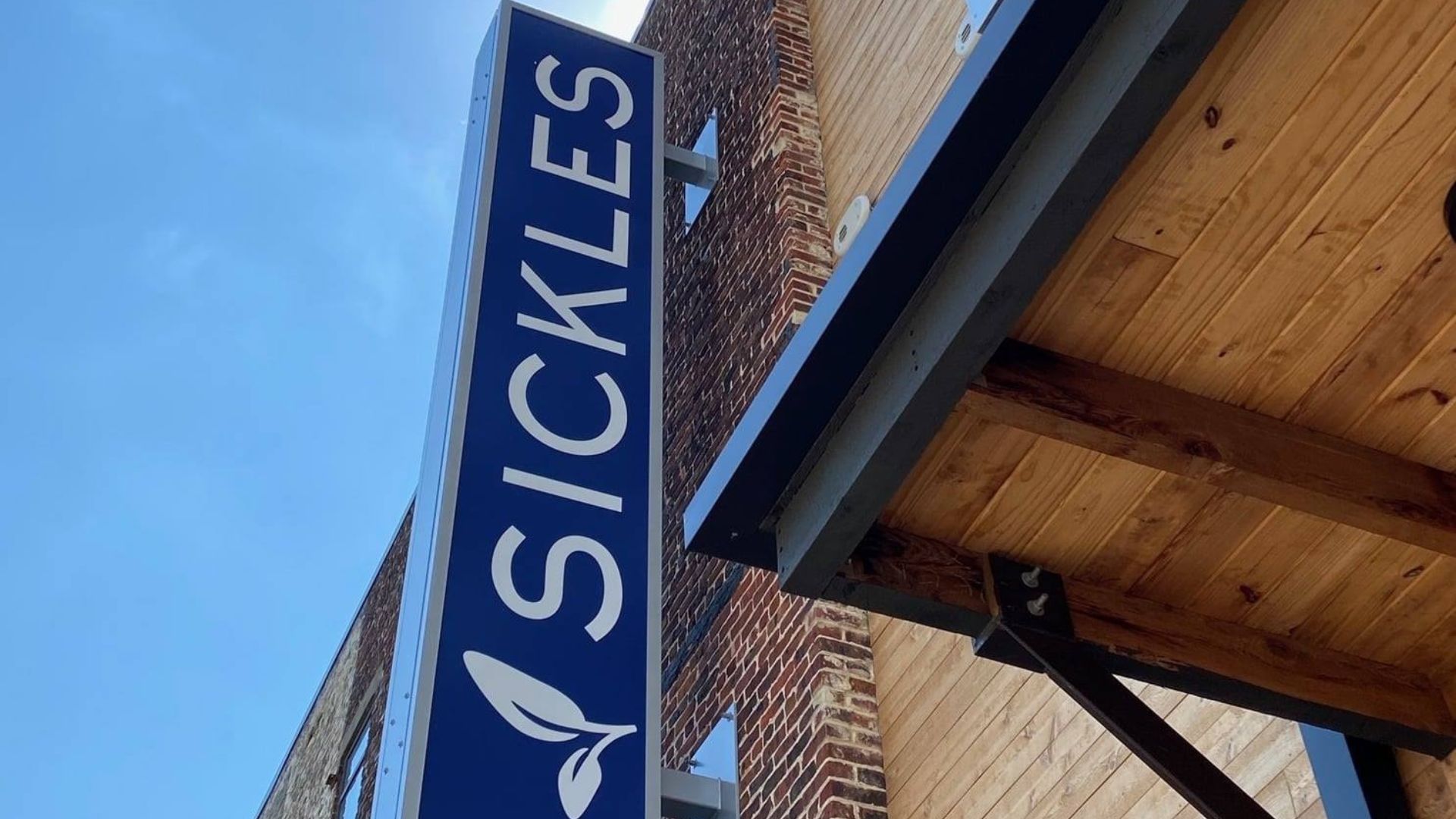
The local community and loyal customers of Sickles Market are hopeful for a resurgence.
The possibility of a comeback keeps the spirit of the market alive, as many hold onto fond memories and the positive impacts it had on their lives.
Other Similar Examples

The recent closures of Dom’s Kitchen & Market and Foxtrot Market spotlight broader challenges in the retail and grocery sectors. These closures provide a new lens through which to examine industry-wide issues, including surging prices and technological integration.
Similar challenges are facing the fast food industry, setting the stage for a deeper discussion on the implications for businesses and consumers alike.
Background of Dom’s Kitchen & Market

Dom’s Kitchen & Market was envisioned as a hybrid of fast casual dining and local grocery shopping.
Despite initial enthusiasm, the business struggled with high operational costs and changing consumer preferences, leading to its eventual closure.
Background of Foxtrot Market
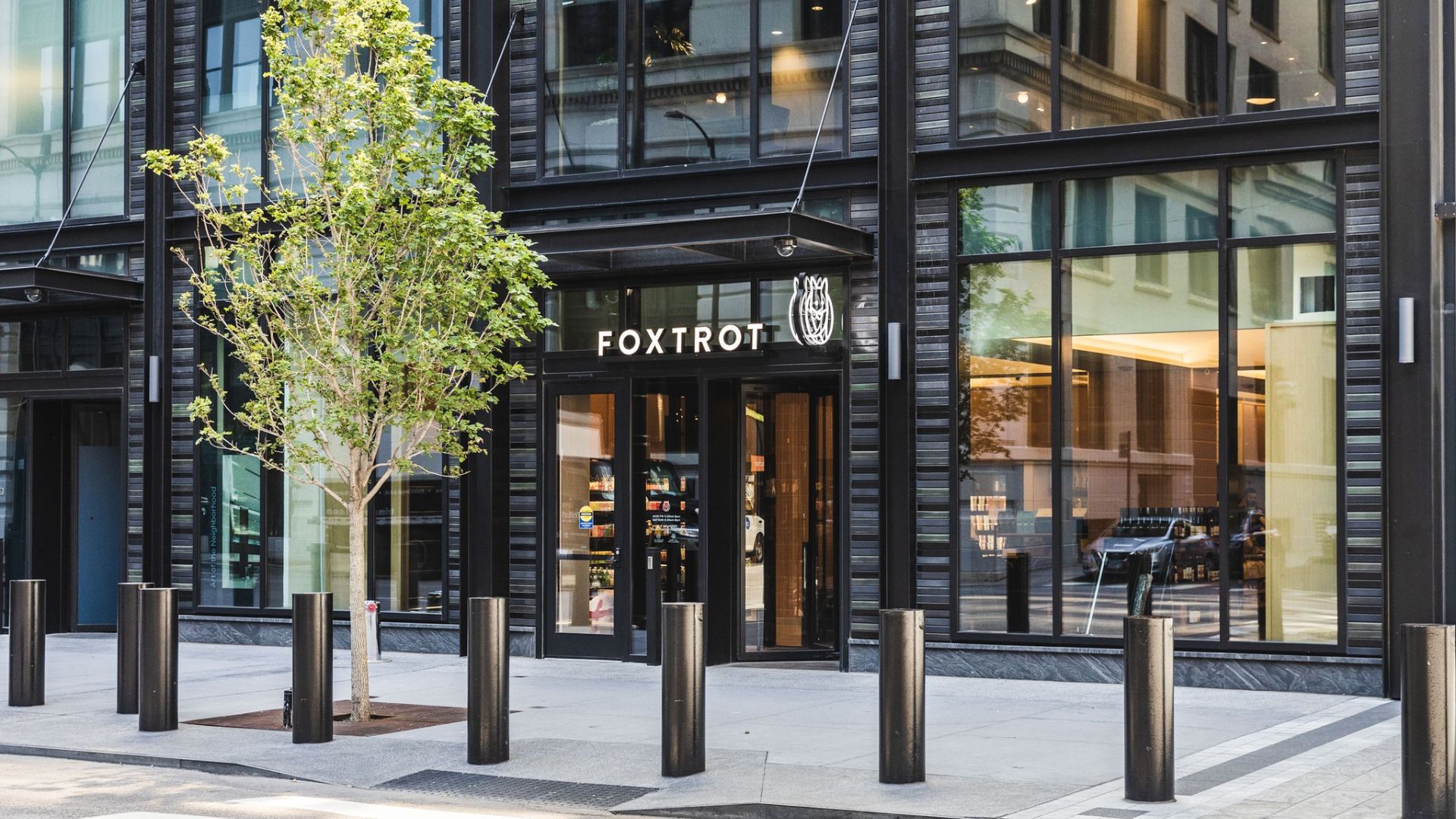
Foxtrot Market aimed to redefine convenience with a mix of café and upscale convenience store, emphasizing local and artisan products. However, as rental costs soared and foot traffic waned, sustaining profitability became untenable.
Foxtrot’s closure illustrates the vulnerability of small to mid-sized retailers to fluctuating urban property markets and consumer habits.
Economic Factors Influencing Retail and Grocery Sectors
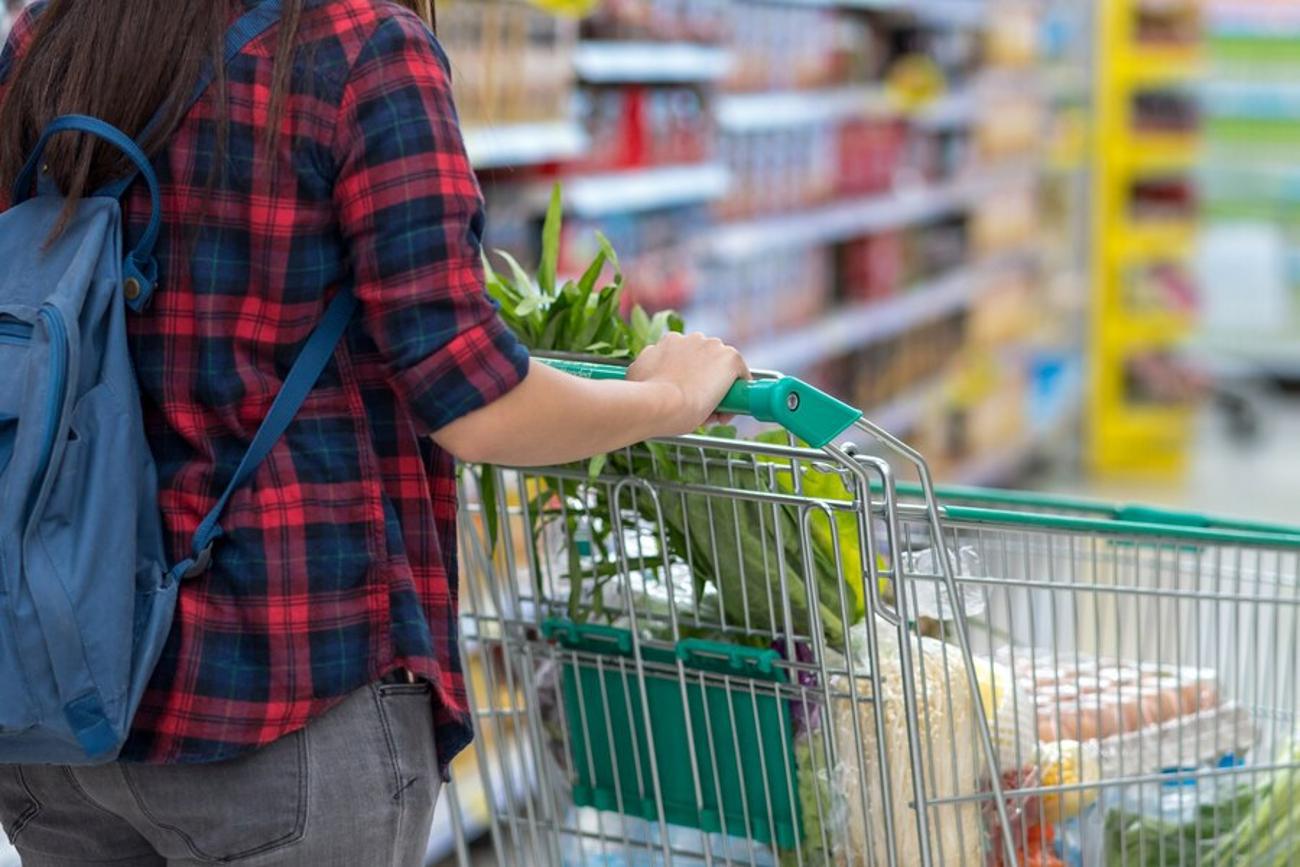
Economic pressures such as rising inflation and property costs have squeezed retail margins increasingly tight. In response, many businesses, including Dom’s and Foxtrot, have had to reconsider their operational strategies.
These economic factors mirror those faced by Sickles Market, highlighting a common struggle across different retail formats.
Comparison of Sickles Market with Dom’s and Foxtrot

While Sickles Market, Dom’s, and Foxtrot each catered to distinct market niches, they shared common challenges: high overhead costs and an evolving consumer base less inclined to traditional shopping experiences.
Each business adapted differently, yet none could fully overcome the economic pressures that ultimately led to their closures.
Impact on Community and Local Economy
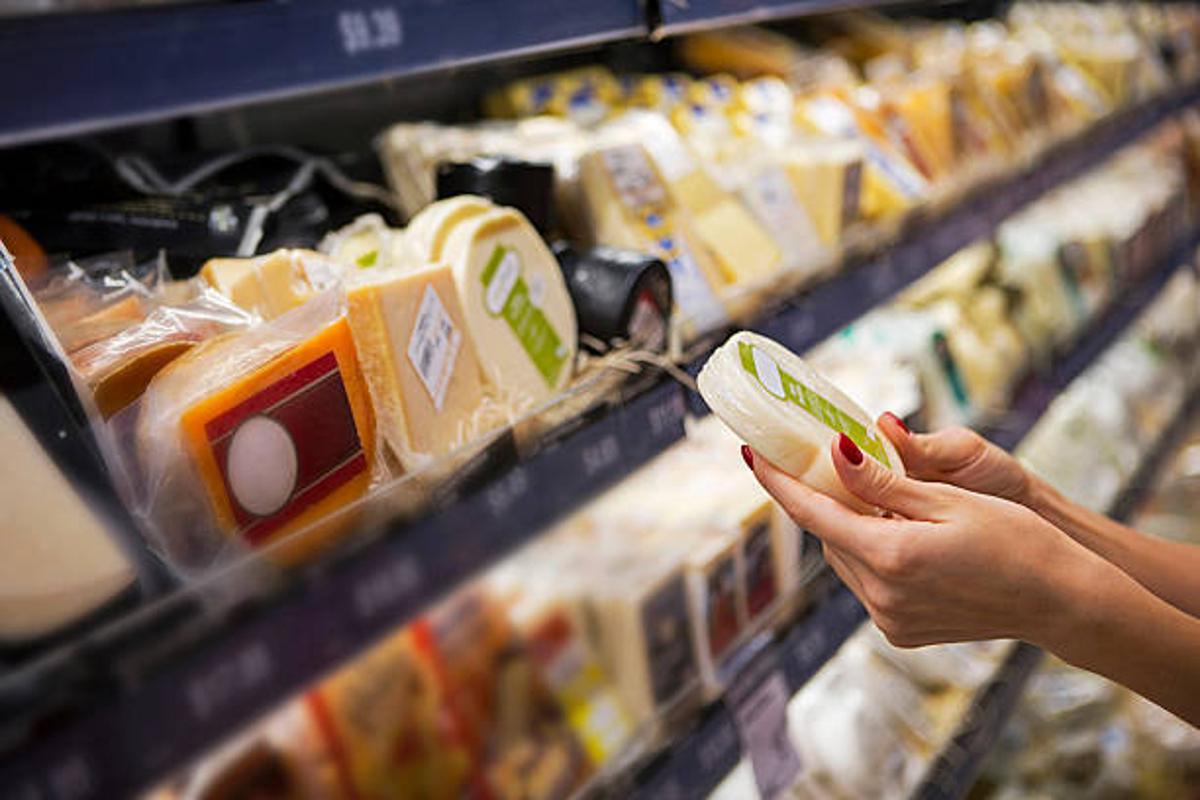
The closures of these local markets have more than just economic repercussions; they impact community dynamics and local employment.
Neighborhoods lose social and economic hubs, reducing local access to specialty goods and contributing to job losses.
Trends in Automation in the Retail Sector
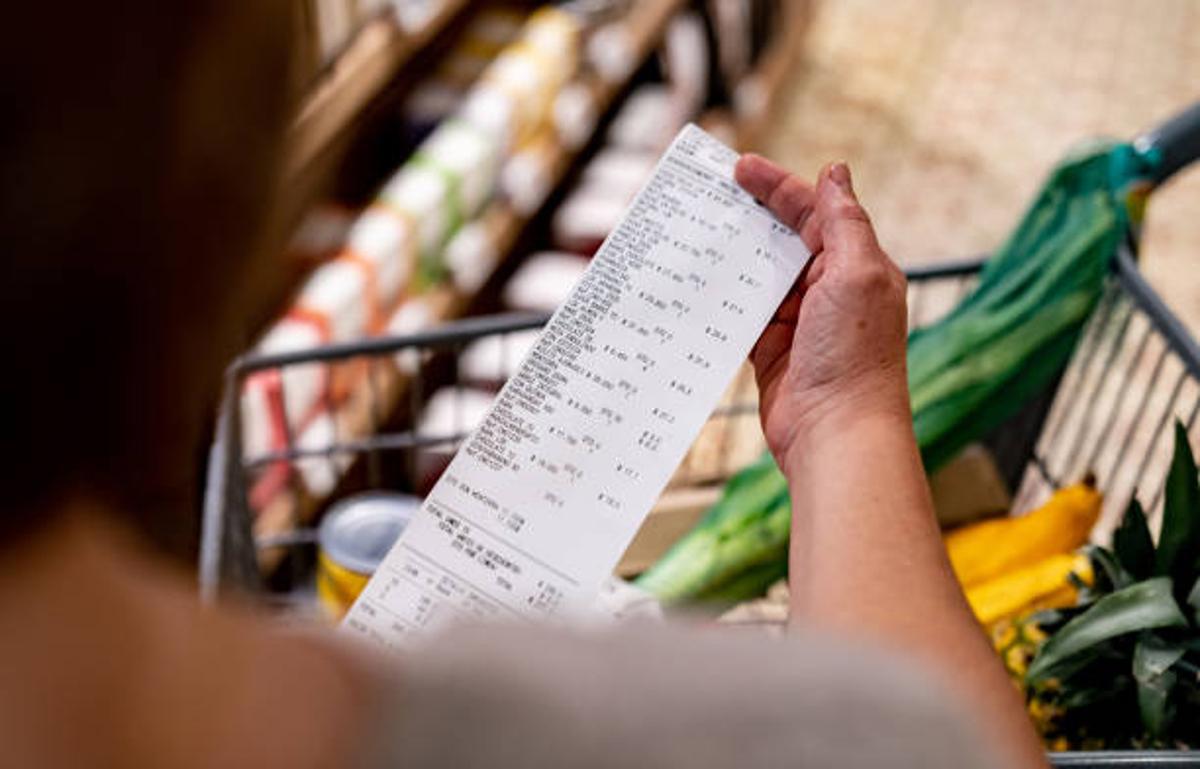
Retailers are increasingly turning to automation to cut costs and enhance customer experience.
From self-checkout kiosks to inventory management robots, these technologies are reshaping the shopping experience. This trend is set to expand, as businesses seek new ways to maintain profitability amidst rising operational costs.
Specifics of Automation in the Fast Food Industry
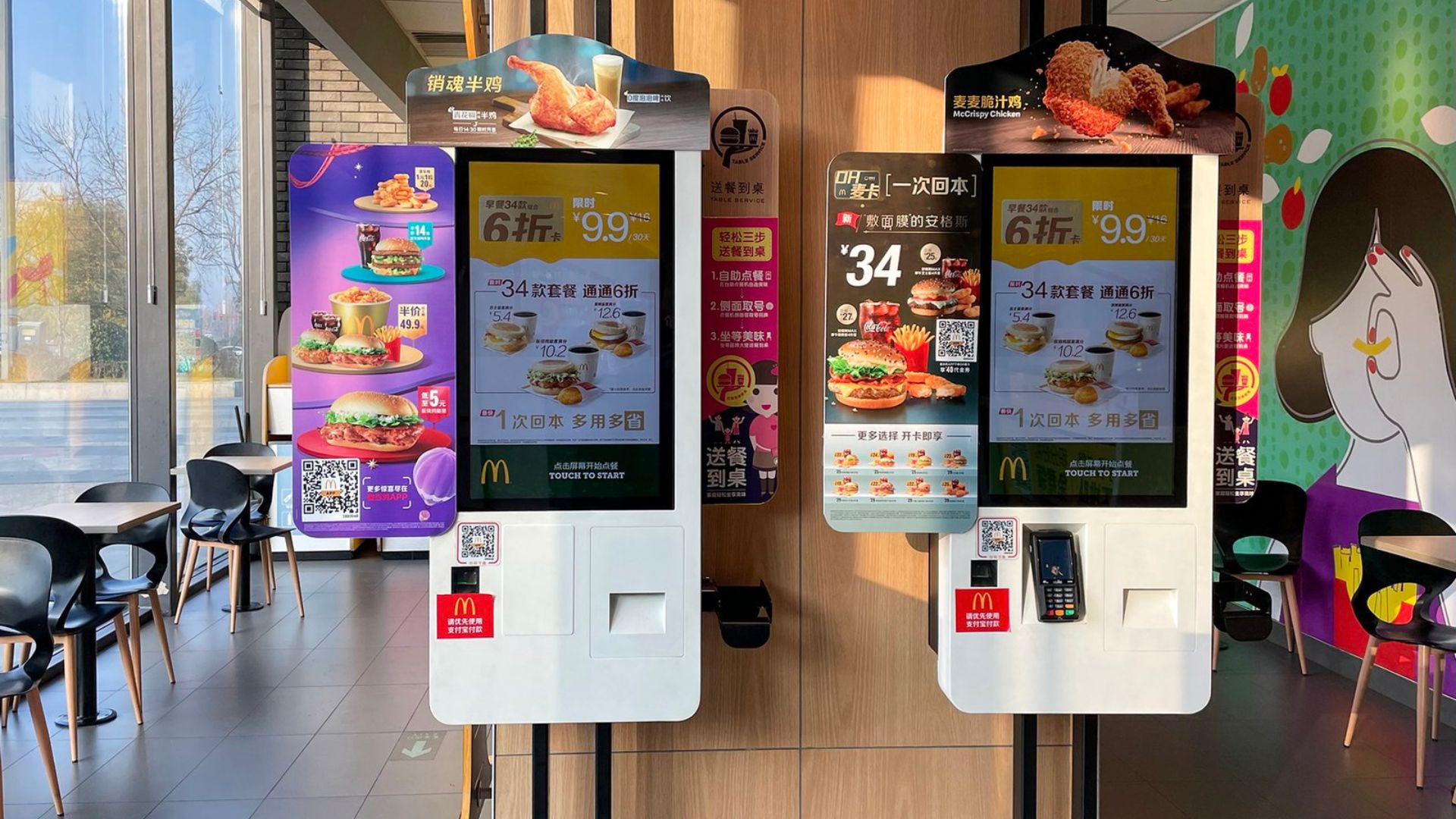
In the fast food industry, automation has taken the form of ordering kiosks and AI-driven service apps.
These innovations not only streamline operations but also reduce labor costs. However, the shift has sparked debates about layoffs and job security, and the changing nature of work in the service sector.
Consumer Responses to Automation and Price Changes

As prices rise and automation becomes more prevalent, consumer reactions are mixed. Some appreciate the efficiency and consistency brought by technology, while others miss the human touch.
The balance businesses must strike between operational efficiency and customer satisfaction is becoming increasingly complex.
Lessons from the Fast Food Industry
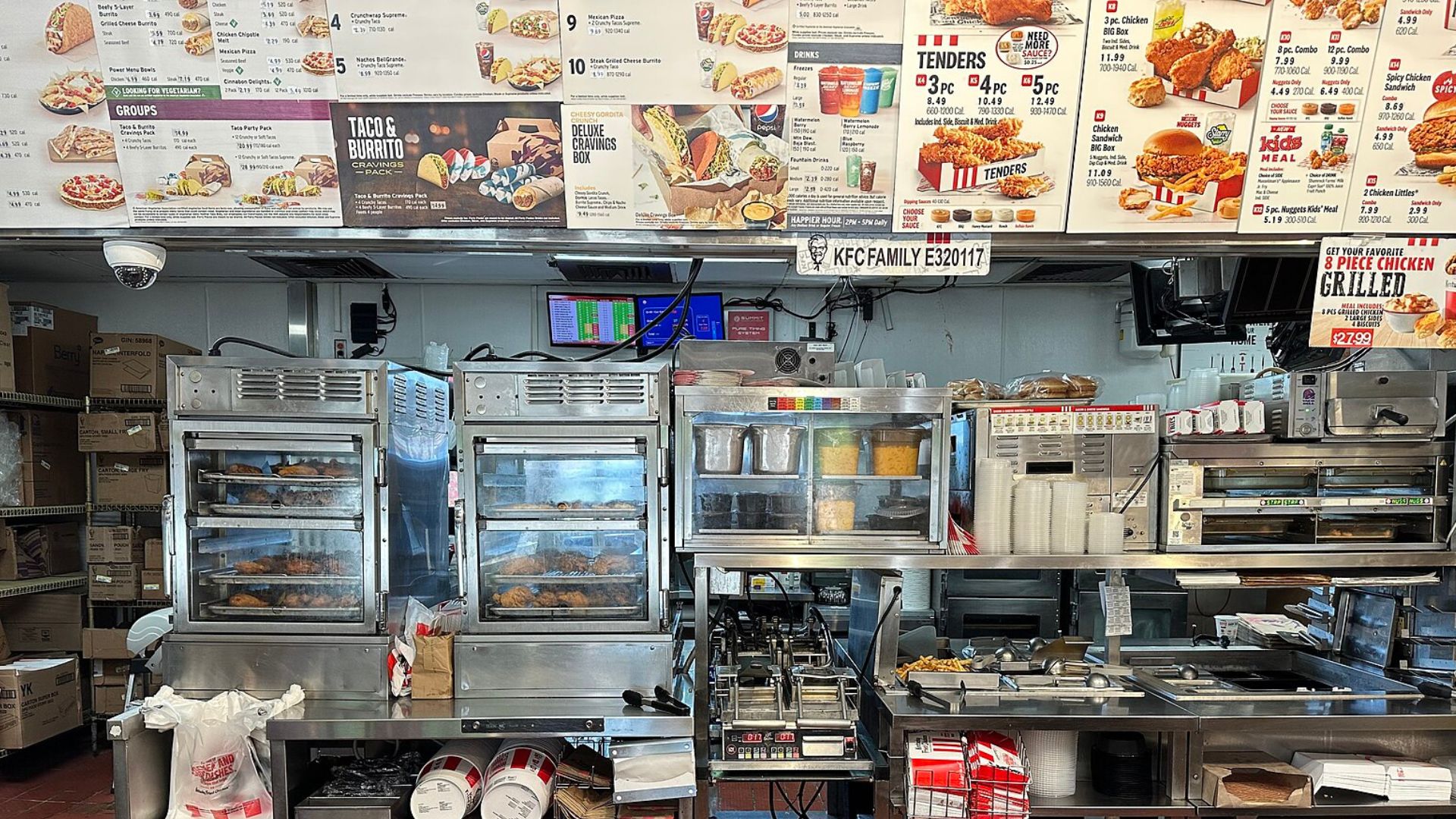
The fast food industry offers valuable lessons in adapting to economic and technological changes. Chains like McDonald’s have successfully integrated kiosks, balancing tech with customer service.
This hybrid approach could serve as a model for grocery and retail sectors looking to modernize without losing their customer base.
Potential Futures for Grocery and Retail Markets
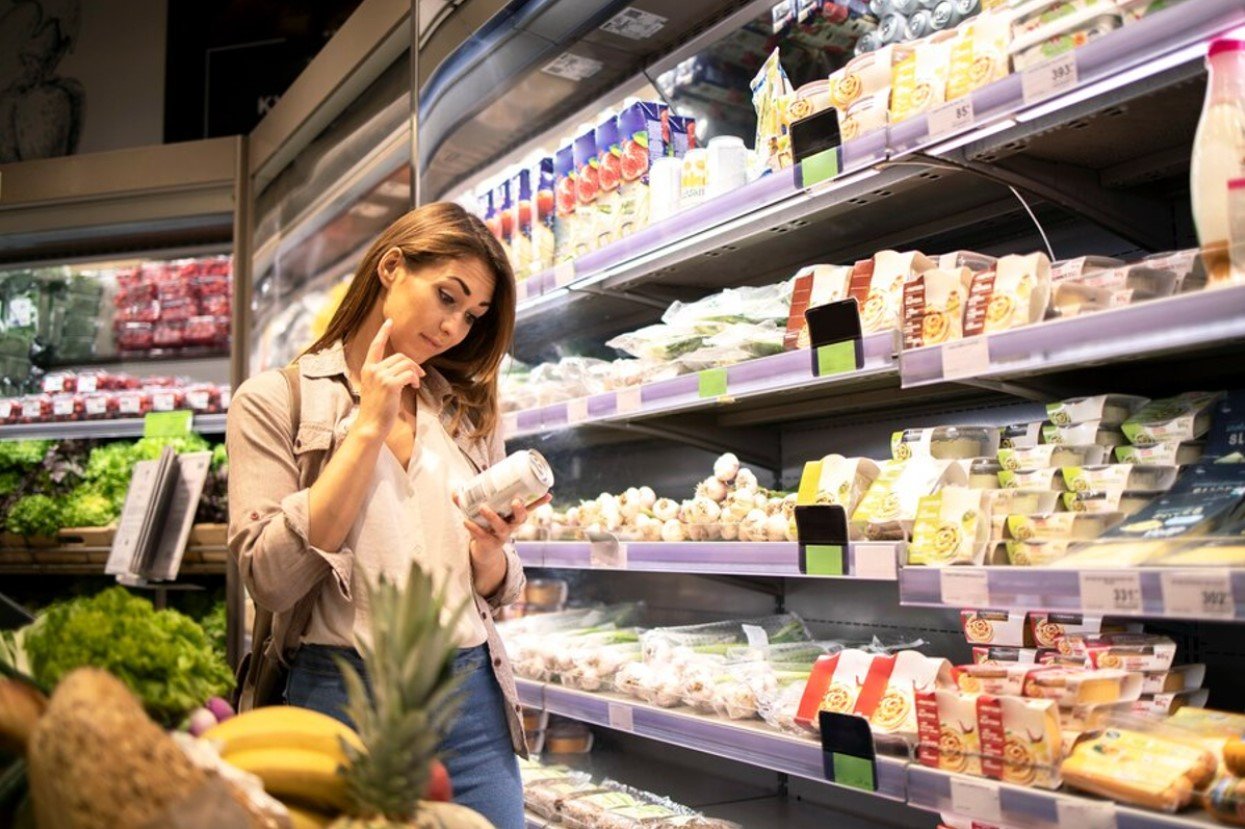
Looking ahead, the grocery and retail markets are likely to see increased automation and further integration of digital technologies.
Businesses that can blend technological efficiency with personalized service are poised to thrive. The future will favor those who can adapt to the rapidly changing landscape of consumer expectations and economic realities.
Reflecting on What’s Next
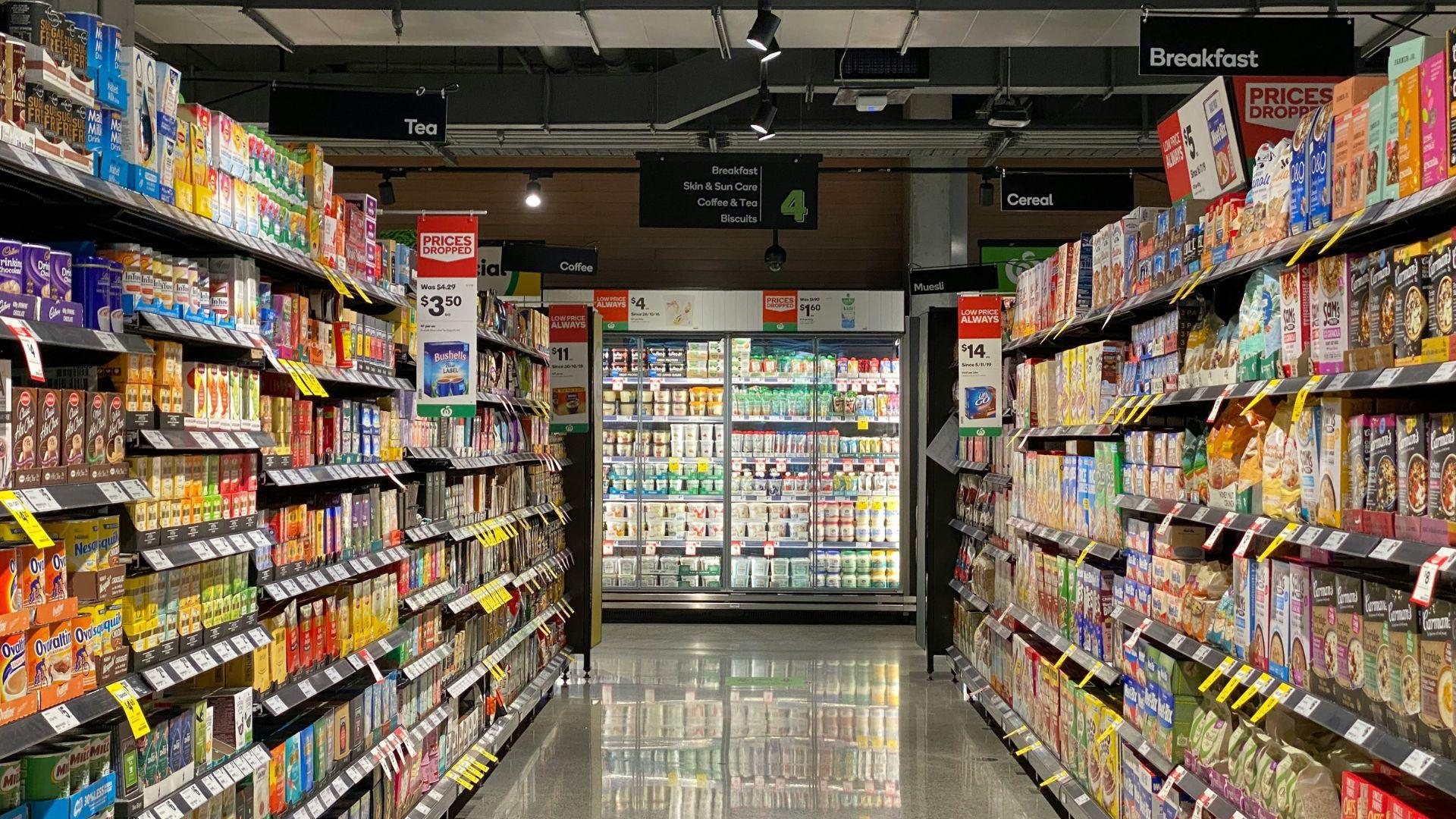
The closures of Dom’s Kitchen & Market, Foxtrot Market, and Sickles Market signify broader industry trends that demand attention and adaptation.
Reflecting on these developments, businesses must consider how to evolve to meet new economic challenges and consumer preferences. The resilience of these markets will depend on their ability to innovate and redefine the retail experience.
